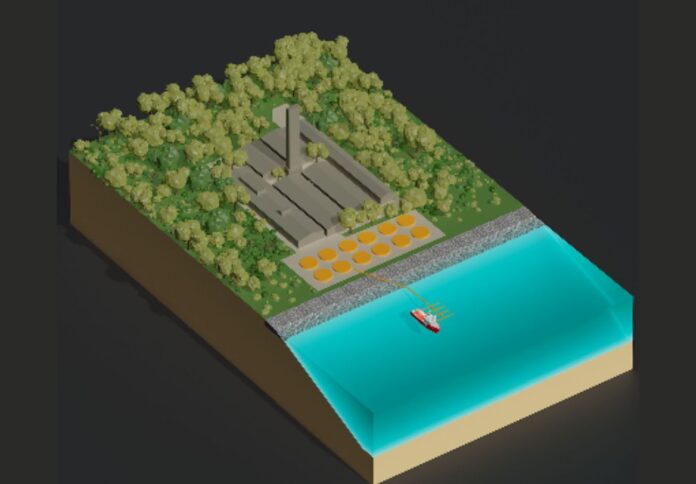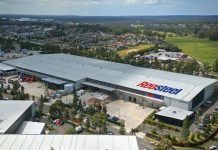
Bell Bay, Tasmania, could soon be home to SunCable’s proposed advanced high-voltage subsea cable manufacturing facility, which would address global supply constraints of high-voltage direct current (HVDC) subsea cable.
Should SunCable proceed with its plans, the project would make Tasmania a critical enabler of SunCable’s flagship AAPowerLin project, the company said in an announcement on Sunday, 5 November.
The proposed facility is expected to support a globally significant renewable energy supply chain ecosystem in Australia and boost the domestic demand for critical minerals and processing industries.
SunCable selected Bell Bay as the potential site for the facility due to its unique advantages, like its size and proximity to one of the country’s few natural deep-water ports, rail infrastructure and renewable energy infrastructure.
The facility will feature a cutting-edge advanced cable manufacturing process and require many current trades and skills, as well as new capabilities unique to the advanced voltage cable-making industry. Cable manufacturing will typically use around 25 MW to 40 MW of renewable energy.
The proposed site includes large integrated workshop buildings for cable manufacture, storage, testing, and supporting offices; customised port facilities for the transport of finished products loaded on specialised capable laying vessels; and a tower for the critical vertical manufacturing processes required to ensure the production of the highest quality advanced subsea cables.
More than 800 jobs are expected to be created at the peak of construction. Over 400 people will be hired to fulfil advanced manufacturing roles.
The Tasmanian government said the proposed facility is expected to inject over $1 billion into the state’s economy during construction and up to $350 million per year at full operations.
“Australia has an abundance of sunshine and wind. HVDC cable enables the export of this natural resource to the world, establishing Australia as a renewable energy superpower as well as an advanced manufacturing hub for critical supply chains,” said Chris Tyrell, chief projects officer at SunCable.
Tyrell said the company is slated to launch a consultation with local communities and stakeholders before proceeding with a final decision and subsequent development applications.
The company will also work closely with the Tasmanian Government in identifying and developing the required workforce and training needed to enable the renewable energy transition.
Should SunCable decide to proceed with the proposed site, construction will begin in 2025 and produce its first cable in 2029.




















